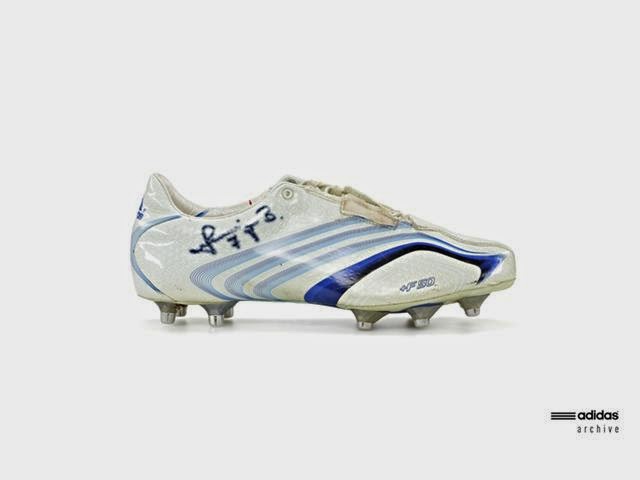 |
| +F50 (Spezialanfertigung)- Bastian Schweinsteiger |
 |
| Argentina – Helmut Rahn |
 |
| Chile 62- Karl- Heinz- Schnellinger |
 |
| Diamant- Geoff Hurst |
 |
| Predator Cup |
 |
| Predator absolute SG- Niclas Alexandersson |
 |
| Gerd Muller- Gerd Muller |
 |
| Predator Accelerator Cup FG |
 |
| Predator TRX SG |
 |
| Predator X WM- Xavi Hernandez Creus |
 |
| Special – Heinz Rummenigge |
 |
| Stratos 2000- Gary Lineker |
 |
| Weltmeister NS- Just Fontaine |
 |
| World Cup 78- Martin Hoffmann |
 |
| World Cup- Carlos Alberto |
 |
| World Cup SL- Andreas Brehme |
For more info see www.prosoccer.co.za
Remember to Follow Us:
Facebook: https://www.facebook.com/prosoccersa
Twitter: https://twitter.com/prosoccersa
Newsletter: http://eepurl.com/bg0Qj






























